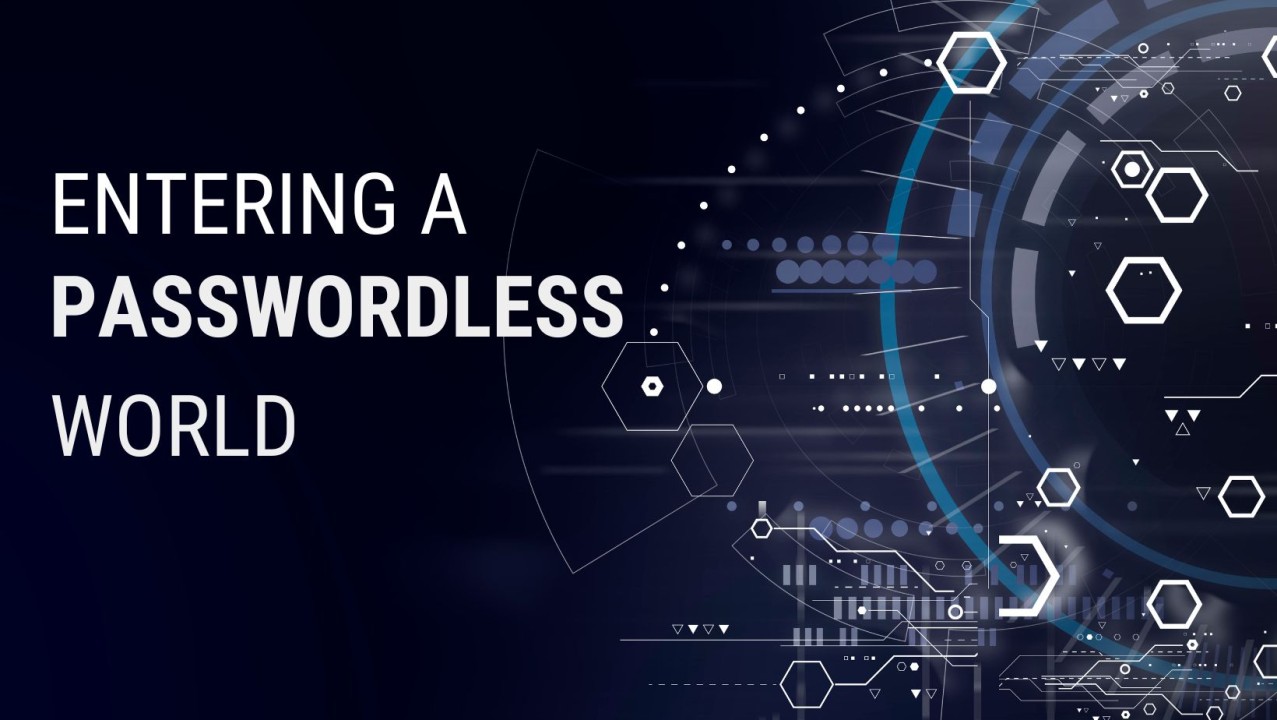Securing Your Digital World with Passwordless SSO
Security is always a priority for Internet users and apparently, passwords are the most common way of authentication online. Unfortunately, they are also the most vulnerable. Hackers and cyber attackers can easily speculate, steal, and/or crack passwords using various methods, including phishing, brute force, or credential stuffing.
According to a report by Verizon, compromised and weak credentials contribute to up to 80% of hacking-related breaches. Besides, the use of passwords also inconveniences users. The fact that they must remember and manage dozens of them for different accounts and applications is hectic.
Fortunately, there is a better way to secure your digital world. That is using a passwordless single sign-on (SSO). This form of authentication eliminates the need for passwords allowing users to access multiple applications and websites with a single login. Passwordless SSO uses other factors to verify the user’s identity, such as biometrics, tokens, or codes. This form of authentication offers benefits such as:
- Higher compliance
- Heightened security
- Improved user experience
- Increased productivity
Table of Contents
How Does Passwordless SSO Work?
Passwordless SSO works by using a centralized identity provider (IdP) that connects to multiple applications and websites via authentication protocols, such as SAML, OIDC, or OAuth. The IdP acts as a trusted authority that verifies the user’s identity using passwordless methods and grants access to the connected applications and websites. The user only needs to authenticate once with the IdP using passwordless methods and can then access all the connected applications and websites without entering passwords.
Different types of passwordless methods can be used with SSO, such as:
1. Biometric authentication
This method uses the user’s physical characteristics, such as fingerprint, face, voice, or iris, to verify their identity. Biometric authentication is convenient and secure, as it relies on something that the user is and cannot be easily replicated or stolen.
2. Token-based authentication
This is a secure and portable authentication method that relies on a physical device to verify a user’s identity. In other words, you need items or features such as a smart card or a security key, to generate unique codes or signatures authentication and identity verification. Simply put, a token-based authentication relies on something that the user has and can carry with them.
3. Code-based authentication
This method uses a one-time code or password that is sent to the user’s phone or email address to verify their identity. Code-based authentication is simple and accessible, as it relies on something that the user knows and can receive.
What are Some Examples of Passwordless SSO?
Passwordless SSO is becoming more popular and widely adopted by various organizations and platforms. Here are some examples of passwordless SSO in action:
- Microsoft Entra ID
- Okta Workforce Identity
- Apple Safari
What are Some Best Practices for Passwordless SSO?
It is important to note that this method of authentication requires careful planning and implementation in order to achieve the best results. Here are some best ways to plan and strategize the employment of passwordless SSO in the digital world:
- Choose the right passwordless method for your audience
There are different passwordless methods which come with varying advantages and disadvantages. These depend on a few factors which include your use case, device compatibility, and user preference.
- Implement multi-factor authentication (MFA)
Passwordless SSO does not mean that you should rely on a single factor to authenticate your users. You should still implement MFA to add an extra layer of security and verification for your users.
- Enforce policies and standards
Passwordless SSO should be aligned with your organizational policies and standards for data protection and privacy.
Conclusion
As I mentioned at the beginning of this article, passwordless SSO is a modern and innovative way to secure your digital world. This type of single sign on authentication eliminates the need for passwords and allows users to access multiple applications and websites. It employs a single login using other factors to verify their identity. This method is perfect for both organizations and individual users. It comes with benefits including, reduced It costs, better productivity, improved security, and so on.
Moreover, a passwordless SSO works by using a centralized identity provider that connects to multiple applications and websites via authentication protocols. It uses different types of passwordless methods, such as biometric, token, or code authentication. This type of authentication requires careful planning and implementation. Nevertheless, choosing the right authentication method involves a little more than just that. That is if you want to effectively benefit from using passwordless SSO. For better performance, you can implement multifactor authentication to heighten your digital security. Additionally, you can enforce relevant policies and standards.
At this point, it is accurate to say passwordless SSO is the future of user authentication. Get the chance to save time and resources for your organization by reducing the need for password management and support. Clearly, passwordless SSO is a win-win solution for everyone involved in the digital world.

